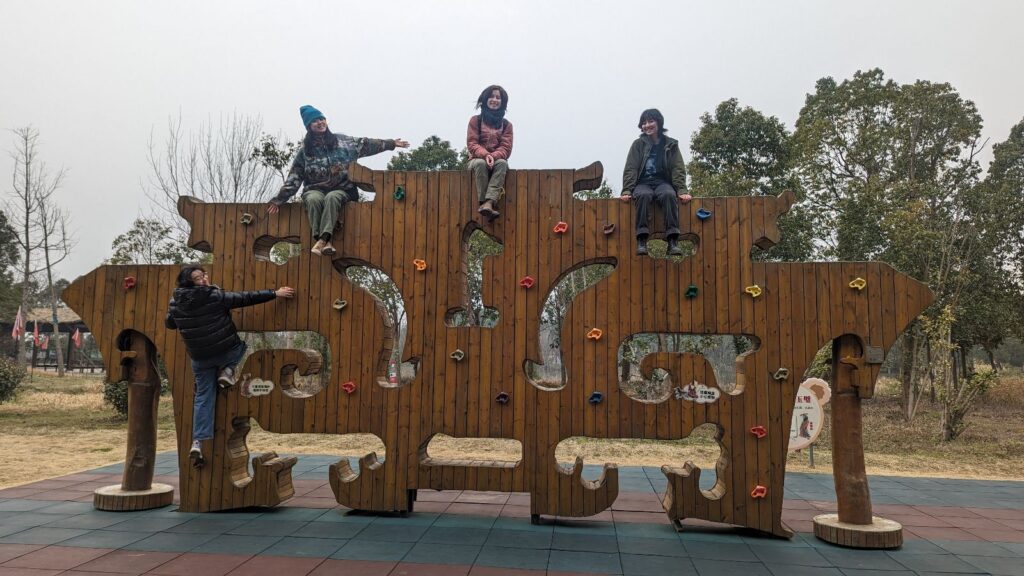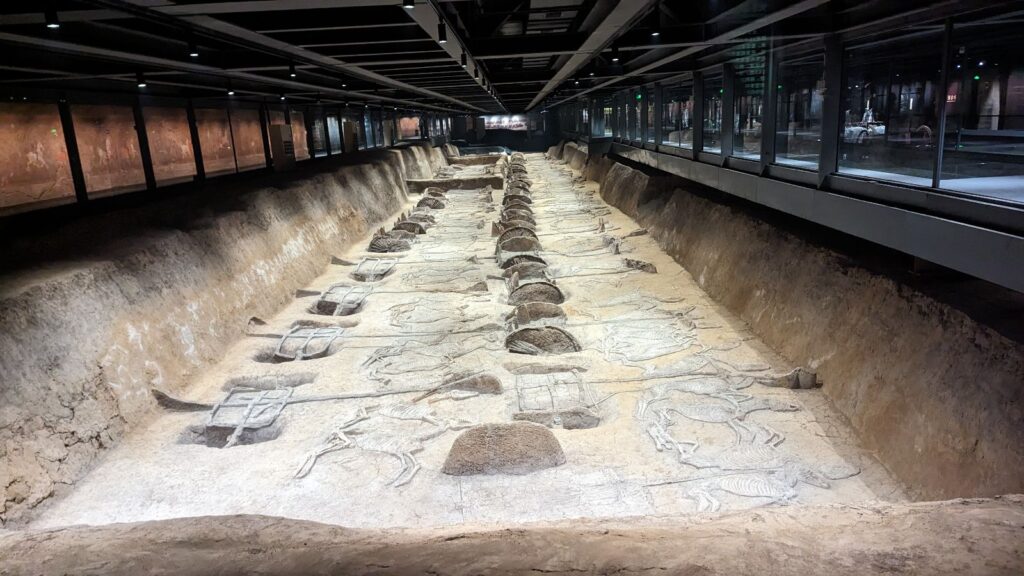Today, we went to see the factory state-owned farm. We have been introduced to a private family-farm operation and a co-op style operation of rice-crayfish farming. The farming practices were largely similar, except that the state-owned farm still used some amount of fertilizer and bio-pesticide. However, the state-owned farm seemed still a net-positive for the income of local farmers. Rather than incurring all the costs, the state supported them with water control, road infrastructure, utilities, and farmers can rent machinery and equipment from them and use cold storage from the facility if they need. As a result, the income of the farmers in the system is largely improved. Another key detail I appreciated was that “it is impossible to grow”, the land that is dedicated to this state-operation is fixed and they cannot claim more land, I think by extension the number of people farming or within this system is also more-or-less fixed or constant. The only thing that I distinctly disliked about this model is that if a villager with land-use rights decides to move away and work else-where they lose the right to that land, and hence cannot come back to it. I perceived it as a loss of security however, if someone is able to move to a city and build their livelihoods elsewhere, it seems the general understanding is that they will not want to or need to come back. From that perspective it seems logical for the state to take land use-right of the land rather than let it stand unused.
Also, the horse burial site was so much fun. Fascinating history, but what stood out to me the most, it how engaging and interactive the place was designed to be. From the instruments, rock-climbing wall, adult-playground, and the archery—it was amazing to see a combination of natural scenery, a historic museum, and engaging and interactive sculpture or landscape design. It is something I personally have not encountered in the U.S., and something I would like to see more of.
Chiara



